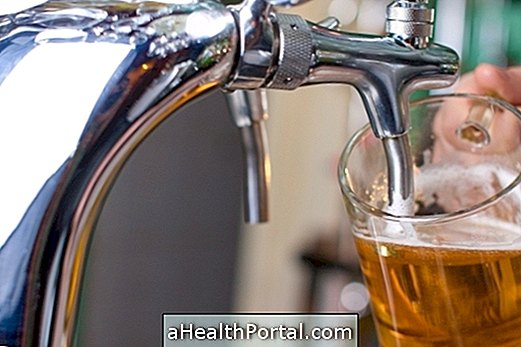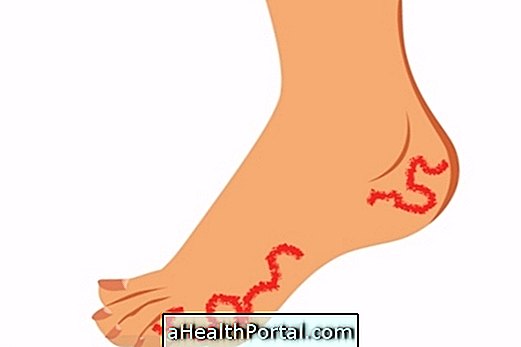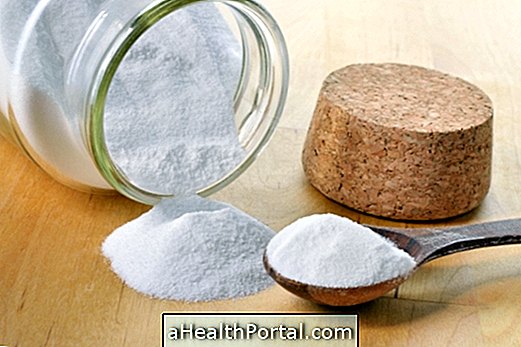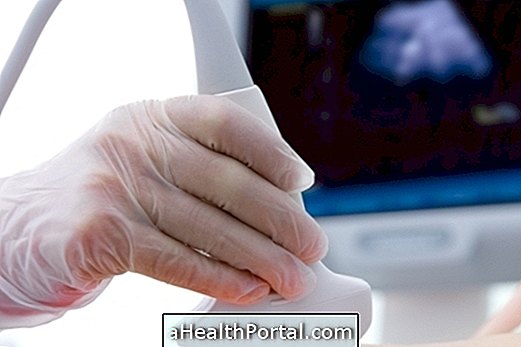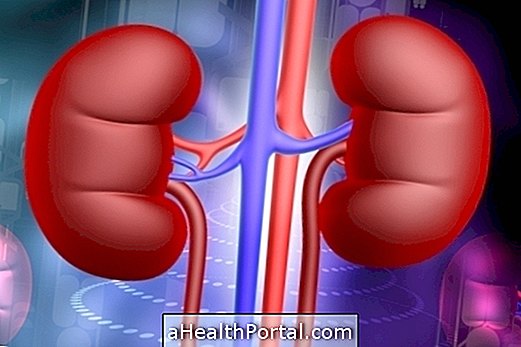Pulmonary embolism happens when something prevents the passage of blood to a part of the lung, as a consequence, there is a decrease in gas exchange and therefore there is less oxygen in the blood. In addition, there is an overload of the heart, which makes it work much faster to try to get the blood to reach the whole lung.
Usually the obstruction happens in a small area and the person does not suffer serious consequences because when symptoms appear like shortness of breath, pain in the chest when breathing and lips and tips of the purplish fingers the person notices that something is happening and that it needs to go to the ready- help as soon as possible.
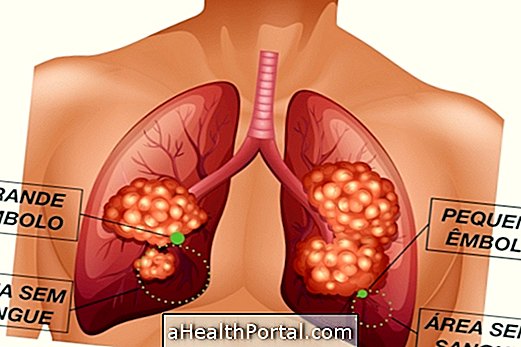
However, although rare, the obstruction may occur in a larger blood vessel, which is responsible for irrigating a larger part of the lung, in which case the consequences may be more serious because tissue that does not receive oxygenated blood retracts and there is no gas exchange in that part of the lung. This can lead to a sudden death, which happens suddenly, or pulmonary sequelae, such as pulmonary hypertension, especially in people who already have some disease in the lung.
Some situations that may favor a pulmonary embolism caused by a large obstruction of blood in the lung involve a high fall from the automobile accident, for example. The most common is that pulmonary embolism is caused by an obstruction due to a gas bubble inside the blood vessel or small fat plaque and these usually affect the smaller caliber blood vessels and so the consequences are easier to treat.
Treatment
Treatment for pulmonary embolism can be done by using drugs that fluidize the blood, facilitating its passage through all veins and arteries. Most people recover within a few days, provided that treatment is started right away as soon as possible to ensure that all lung tissues receive oxygen-rich blood.

